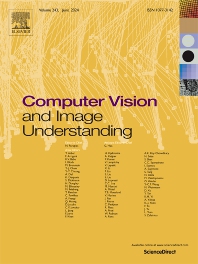Journals in Artificial intelligence general
Journals in Artificial intelligence general
- ISSN: 0004-3702
Artificial Intelligence

- ISSN: 1389-0417
Cognitive Systems Research

- ISSN: 1077-3142
Computer Vision and Image Understanding

- ISSN: 0097-8493
Computers & Graphics

- ISSN: 0169-023X
Data & Knowledge Engineering

- ISSN: 0957-4174
Expert Systems with Applications

- ISSN: 0165-0114
Fuzzy Sets and Systems

- ISSN: 1524-0703
Graphical Models

- ISSN: 0262-8856
Image and Vision Computing

- ISSN: 1566-2535
Information Fusion
